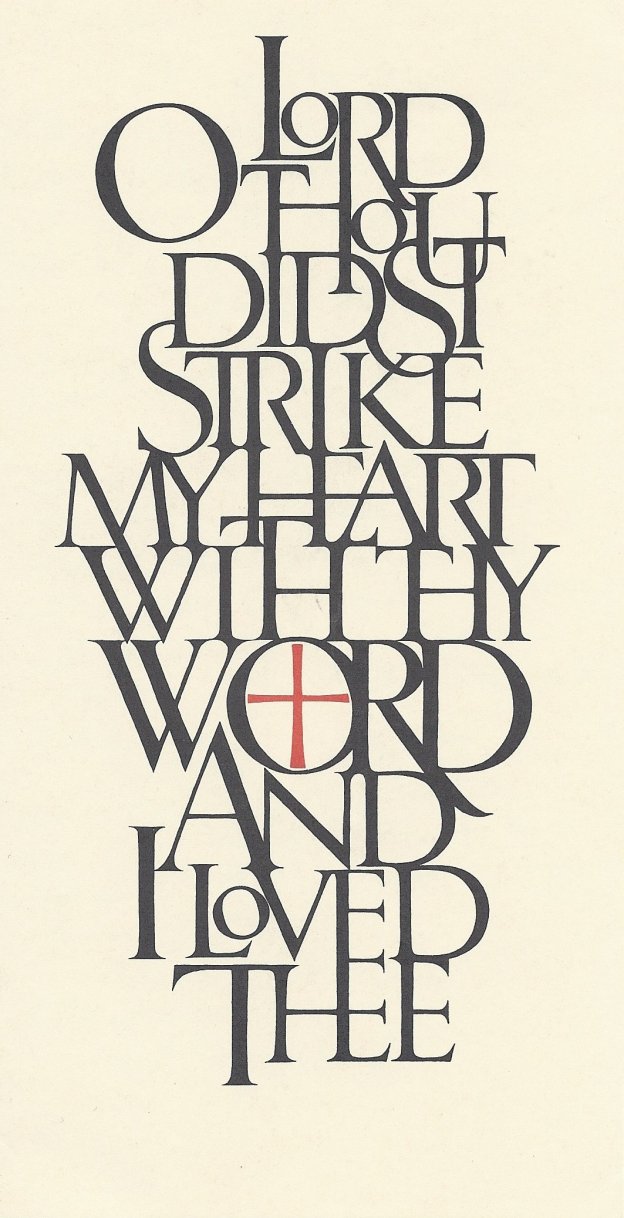The company I work for supports leaders in healthcare and higher education with research, consulting, performance technologies, and talent development.
Staff of our member organizations appreciate not only our detailed research studies but also tools like our one-page infographics, which boil down key insights into memorable suggestions.

This particular infographic, it seems to me, bears not just business acumen but spiritual wisdom.
Why not try using these five principles to better incorporate data into your daily prayer life?
Be data-literate
Read the Bible. Read the Bible. Read the Bible.
If you want to be a follower of the God who is made known through the Bible — the Hebrew Bible and the New Testament — you’ve simply got to be familiar with the source texts.
Nothing substitutes for regular Bible reading, whatever plan you may follow.
My personal favorite comes from Edward P. Blair’s Illustrated Bible Handbook (Abingdon 1985), long out of print but still available on Amazon.
But not all plans are equal, and the Church has long practiced reading the Bible — putting data, that is — in context.
Consider praying the Daily Office, the Church’s preferred method for regular Bible reading in the context of prayer.
Morning and evening, if you follow the Daily Office lectionary in the Book of Common Prayer, over the course of two years you will read the bulk of the Old Testament once, the New Testament twice, and the Psalms about every seven weeks.
Soaking in the Scriptures will over time make you very familiar with its stories and songs, its letters and lamentations, its biographies and prophecies.
Be curious
As you read the Bible and pray the Offices, give yourself permission to wonder about the strange language, the startling metaphors, the upside-down picture they paint of the Kingdom of God.
Just when the religious leaders think they’ve got everything figured out, a judge or a king or a prophet or the Messiah himself comes along and overturns their world.
The term “lectio divina” refers to an ancient monastic practice of letting Scripture catch your attention, then pausing to ruminate over a passage or even a single word.
To ruminate is to “chew the cud,” so to speak — to get every bit of juice and other nutrients out of what you’re eating.
Follow the data trail wherever it leads, and keep being curious about what else might be revealed to you.
Be action-oriented
One common method of Bible study for small groups is the so-called “African method,” which builds on lectio divina and invites you to consider what you will do based on the passage you have just read.
It’s a three-part method.
First, like in lectio divina, read a passage of Scripture and note a word or phrase that catches your attention.
Second, as you re-read the passage (in a small group you would have a different person read it the second time), listen again for the word that Scripture is speaking to you. Often it will be the same as you heard the first time, but sometimes a new phrase comes to the fore.
Third, resolve to take a specific action this week in response to what you have heard.
The higher education project I work on at my company has the inspiring tagline “analytics with a bias to action.”
Similarly, becoming a data-driven pray-er means looking for inspiration by asking “what must I do in response to God?”
Be communicative
In his sermon on the Last Sunday after Epiphany, Fr. Ralph Osborne — the rector of the parish I serve — invited us during the season of Lent to speak to others about our relationship with God.
Share with someone else the insights you’ve gained as you read the Scriptures more deliberately. Share with them the actions you’ve resolved to take based on your reading.
Ask them how their reading of Scripture strengthens their relationship with God. Ask them how they feel led to act in response to Scripture.
Speaking to others about what you’re reading and how it informs your prayer will also help keep you accountable to act as you have resolved to do.
Be skeptical
Finally, the infographic above suggests that being data-driven involves asking the right questions of the data you’ve collected:
Have I drawn the right conclusions?
Am I looking at these results correctly?
Are these good goals and benchmarks?
Whether you’re in the office, or at school, or in church, or at home, it’s good to ask questions in order to be sure you’re on the right track.
In spiritual terms, this is called “being humble.”
People have been writing and editing and proclaiming and teaching and arguing about and meditating on the words of the Bible for more than three thousand years now.
Being a data-driven pray-er means recognizing that your own interpretation is by no means the only one out there. Millions of Jewish and Christian believers have written millions of words about the Scriptures and the God who is revealed in them. Chances are, you’re not the first person to ask the question that’s on your mind.
Likewise, just as God will reveal himself to you as you read the Scriptures, so has God given insights and encouragement to other people. It could be that what they have learned will be important for you to know, too.
There are a lot of data points to consider, so keep asking questions in order to see how your conclusions line up with the voice of the tradition and the other data-driven prayers around you.

